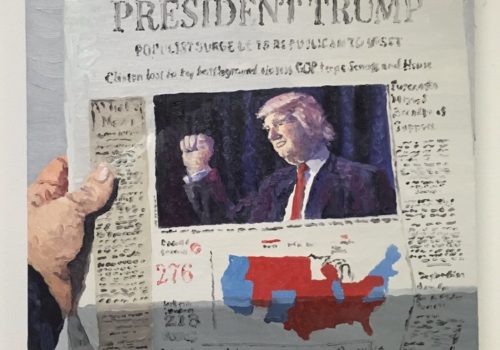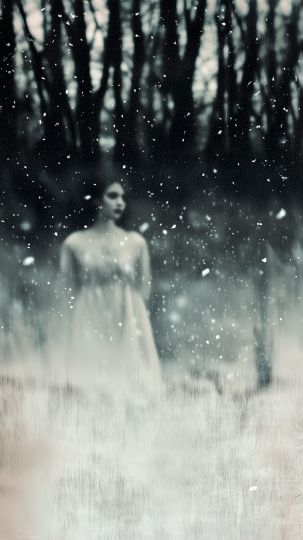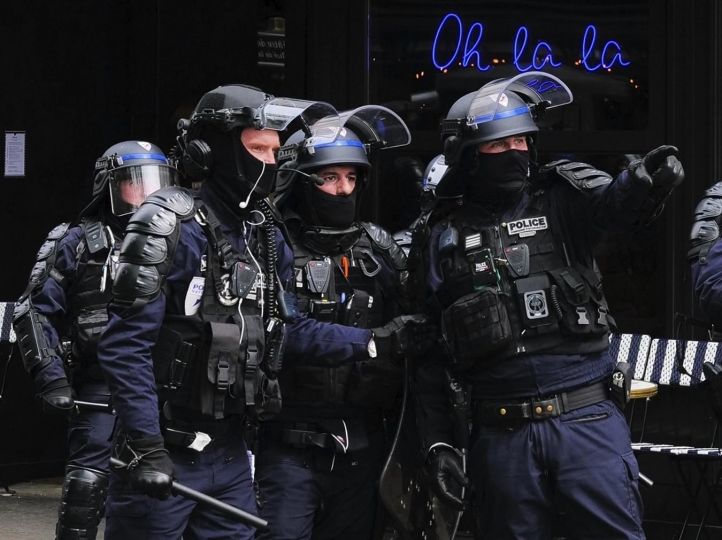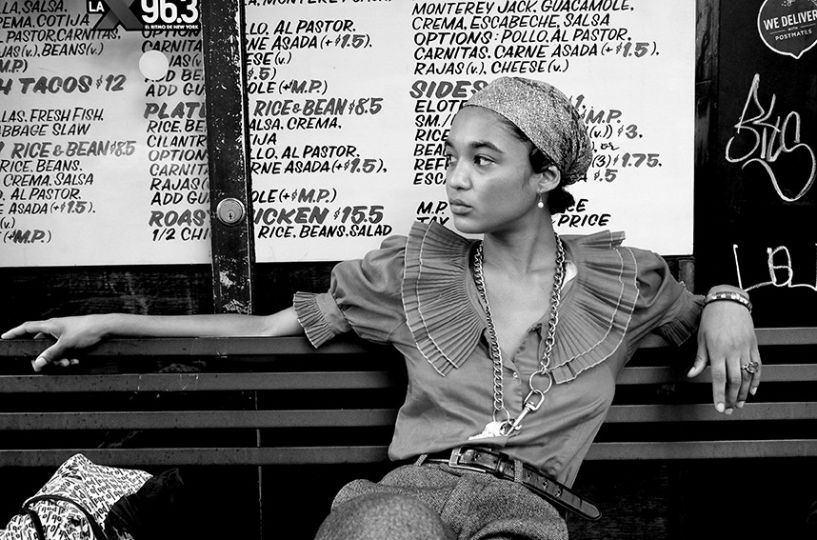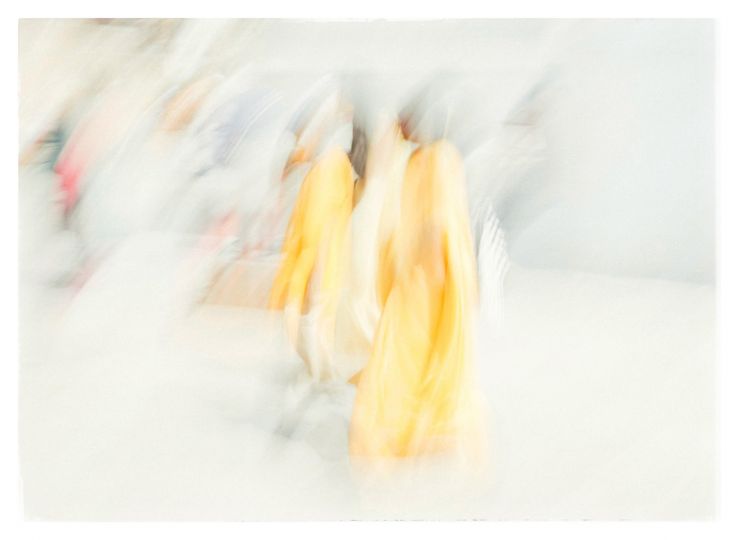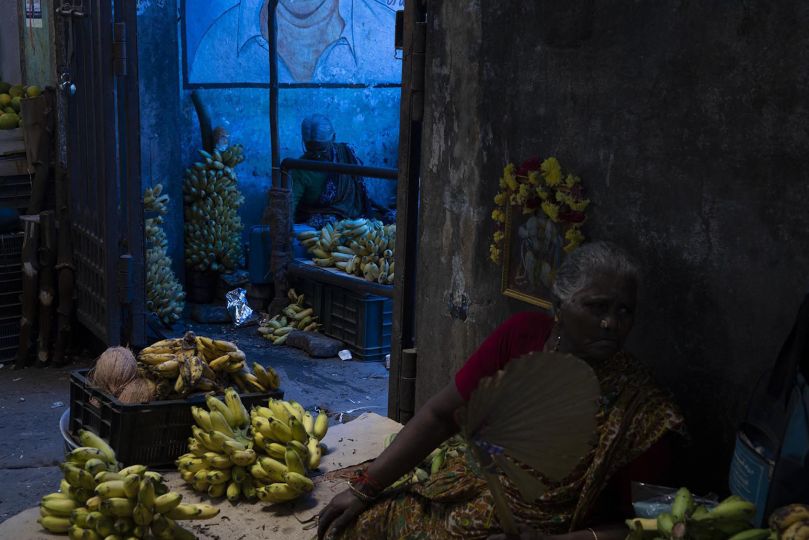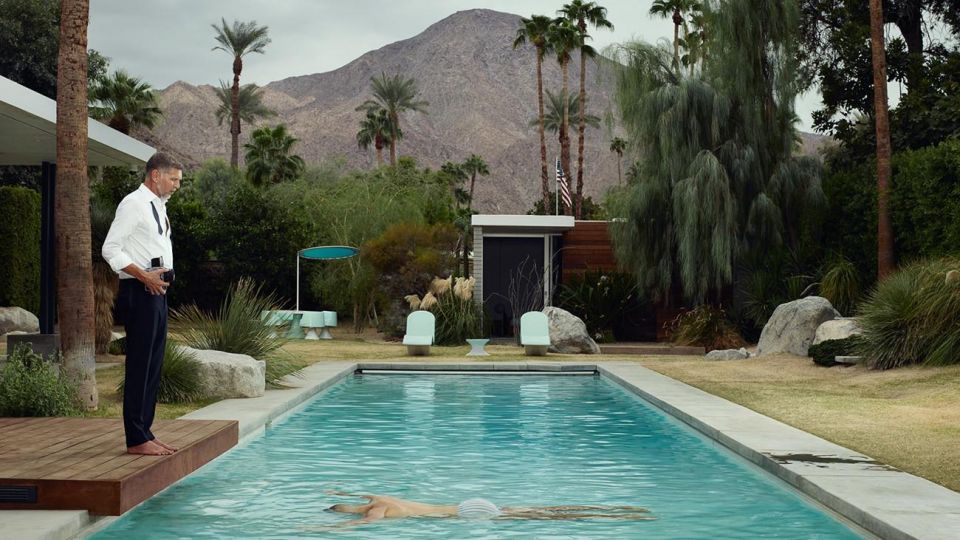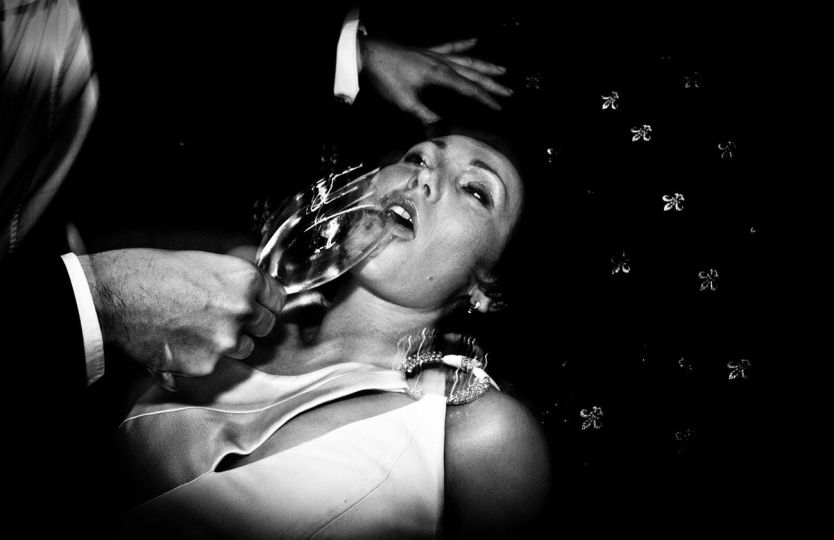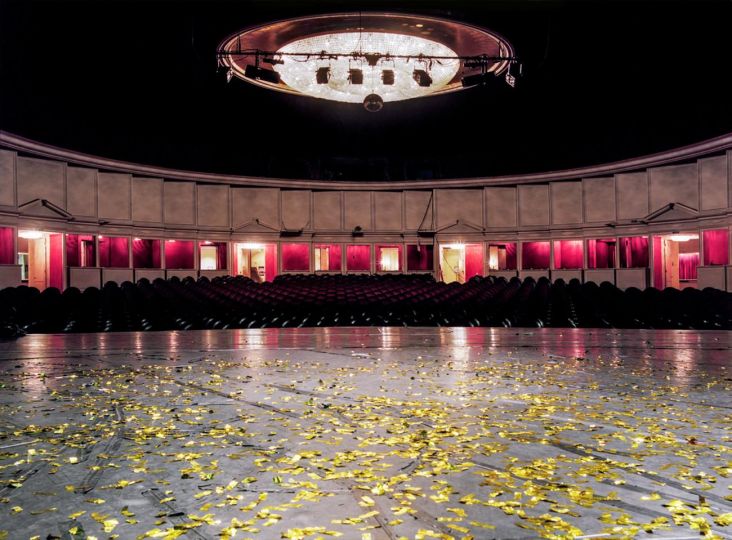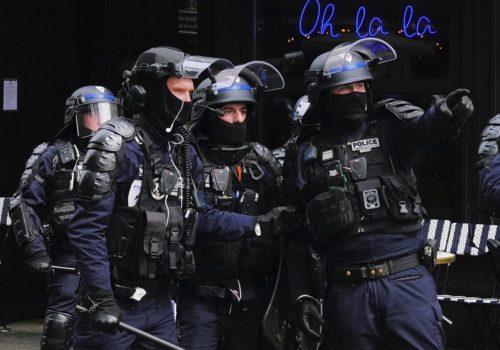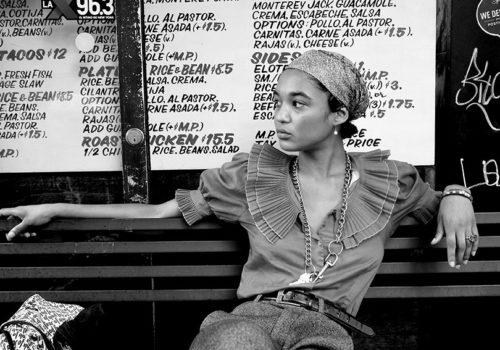If there is one centuries-old adage in the English language that the Instagram age has confirmed, it is that a picture is, for most, worth a thousand words. In her recent New York Times review of the Metropolitan Museum’s current Talking Pictures exhibit, it appears photo critic Roberta Smith would agree; for in the image-laden labyrinth of the Met, it can be difficult to actively recall the sheer communicative power of every Greek figure sculpture and Flemish portrait and Monet nymphée. It’s a saturated landscape when it comes to artists and their messages.
And so a self-contained exhibit whose very existence caters to the question of the artist’s storytelling, or message-conveying, capacity is an apt reminder for museum-goers that even the images that don’t make it into art history textbooks (or, these days, onto the institution’s Instagram and Facebook accounts where the exciting, publicity-mongering pieces are more likely to take up screen-space) are probably art, if they were created with a message in mind.
Talking Pictures uncovers not only the process by which an artist frames imagery to convey a message since, in lieu of text messages, the commissioned participating artists were asked to communicate with a fellow artist partner in only images or videos for a several-month period but also the potential for message transformation. Looking at the order in which each artist-pair sent each other images gives us a further look into their reasoning and their subsequent interpretations, and re-interpretations, of the images they had previously received.
The different conversations are presented in volleying slideshows, wall-mounted sequential mosaics, and even individual record books. Looking at how each exchange took shape tells a bit about the lives of the discussants: American artist Sanford Biggers, for one, waited until several months into the project to respond to the regular image updates that his partner, Shawn Peters, had been sending him. His response, a mid-December windfall, indicates a busy few preceding months (perhaps the reason for Biggers’s reticence, or apparent unavailability, to participate for a time).
The resulting photo-dump is both reflective of this quiet period and vague; his black-and-white images of back streets and light filtering through windows are mysterious and somehow in dialogue with each other more so than with the morning-jog, neighborhood-style shots that Peters had been sending to Biggers. They tell their own story, a film noir version, Biggers’ version of Peters’ initiative to portray his outdoor surroundings as a city-dweller and flâneur.
Perhaps one of the most visually striking conversations is artists Manjari Sharma and Irina Rozovsky’s, whose cellphone snaps have been printed on 8-by-11 sheets and arranged like a continuous Instagram grid the entire length of one of the exhibition room’s walls. Not only do their shots adhere to what appears as a curated scheme of soft, warm colors; they also document the artists’ parallel pregnancies, each having discovered either just before or just after their agreement to participate in the Met’s project that they were expecting.
Interestingly, a stretch along the middle of their dialogue-wall consists of mutually-inspired photos taken in dusky, sunset-hour light; it comes across as a (possibly unintentional) expression of the end of an era—that of single-bodiedness, pre-motherhood—and segues into a section of photos taken in morning and daylight. They seem to remind us that two fresh pairs of eyes are about to see the light of day, and it makes for a slow and sleepy reflection on the passage of time.
Some of the pairs’ discussions take more to the political than the personal or mix them in ways that remind us how personal politics can become, especially in today’s tenser atmosphere. This was certainly the tone that American authors Teju Cole and Laura Poitras’s exchange took, as they shared screenshots of the latest Trump administration headlines and video clips from what appeared to be lectures on cybersecurity, photography, and other subjects that could easily fit into a political narrative.
Cole and Poitras, both known for their activity in progressive discourse, weren’t the only commissioned artists who put a current, context-specific edge on their (otherwise unmediated) conversation: designer Nicole Eisenman and artist A. L. Steiner give a look into the more radical side of activism. Steiner, for one, shared (at a nearly constant pace) screen- grabs of their musings on feminist resistance, which eventually turned into as the viewer can see, thanks to a later snapshot from an anti-Trump rally of cardboard signs and slogans. The evolution of ideas from buzzwords and camera-phone shots to action in the streets was only one of the beautiful, human progressions that we get to experience—indeed, almost participate in Talking Pictures.
One of the unique principles behind the exhibit is on-the-fly authenticity: the fact that artists, who otherwise tend to find their way to the public eye via curators and press releases, share here a more intimate and unedited view of their musings. Of course, on an iPhone, we must also ask ourselves if anything is really “authentic” in the traditional sense of the word. A text conversation, like an Instagram post, is never as instantaneous—nor are the participants as vulnerable—as a live conversation and its participants. There is always a degree of lag-time and a level of premeditation that still allows texters or, rather, image-senders to “curate” their experiences; hence the frequent aesthetic coherence, the “call-and-response,” of many of the dialogues on display.
But, flipping through the screenshot albums and ogling Rozovsky and Sharma’s panorama of memories—among the other digital mosaics on display—it doesn’t seem to matter that themes and incentives seeped into otherwise freeform dialogues. It wouldn’t be much of a conversation without a subject, in any case; it’s the artists’ interpretations of even the most banal subjects that makes this communicative experience unique.
Madeleine Leddy
Madeleine Leddy is a writer specializing in arts. She lives and works in New York, USA.
Talking Pictures: Camera-Phone Conversations Between Artists
June 27 to December 17, 2017
Metropolitan Museum
1000 5th Ave
New York, NY 10028
USA

